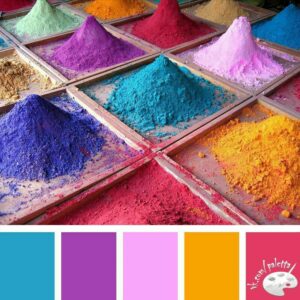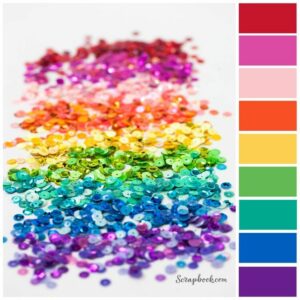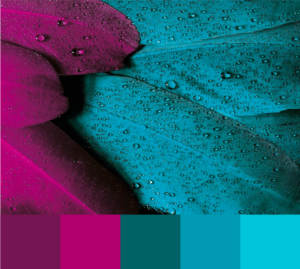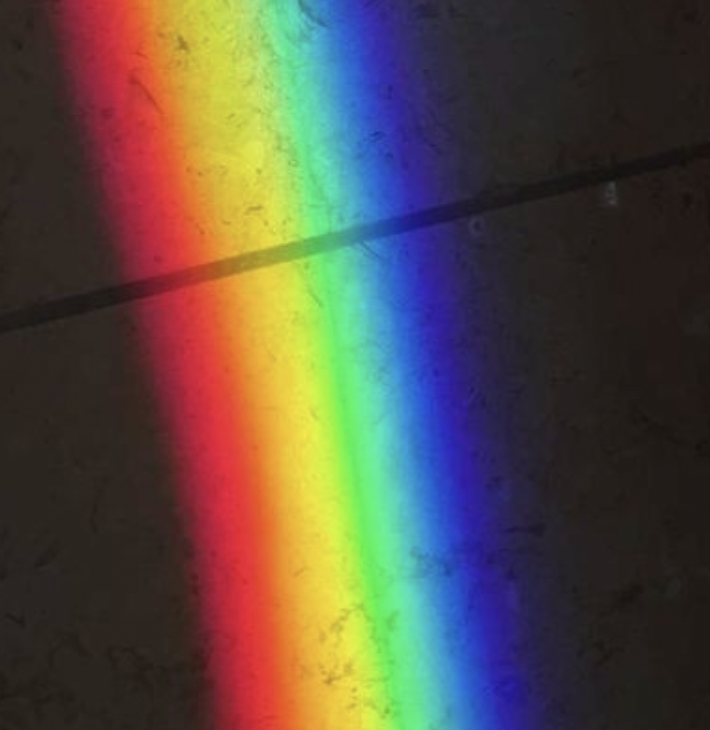| H1 | H2 | H3 | H4 |
|---|---|---|---|
| Introduction | |||
| The Visible Light Spectrum | |||
| Traditional Rainbow Colors | |||
| Red | |||
| Orange | |||
| Yellow | |||
| Green | |||
| Blue | |||
| Indigo | |||
| Violet | |||
| Additional Colors in the Rainbow | |||
| Cyan | |||
| Magenta | |||
| Cultural Significance of Rainbow Colors | |||
| Red | |||
| Orange | |||
| Yellow | |||
| Green | |||
| Blue | |||
| Indigo | |||
| Violet | |||
| Cyan | |||
| Magenta | |||
| Conclusion | |||
| FAQs |
Table 2: Article
A Guide to Rainbow Color Names and Their Meanings
Introduction
Do you remember that moment when you first saw a rainbow? It’s a magical sight to behold. But have you ever wondered about the names and meanings behind each color in a rainbow? Well, wonder no more! In this article, we’ll explore the fascinating world of rainbow color names and their meanings, delving into the science, history, and cultural significance of each hue.



The Visible Light Spectrum
Before we dive into the colors, let’s briefly discuss the science behind rainbows. A rainbow is a natural phenomenon that occurs when sunlight passes through water droplets in the atmosphere, causing the light to refract, or bend, and separate into its different wavelengths. These wavelengths correspond to the colors we see in a rainbow, which make up the visible light spectrum.
Traditional Rainbow Colors
The most common mnemonic for remembering the colors of a rainbow is “Roy G. Biv.” This acronym represents the traditional seven colors of a rainbow: red, orange, yellow, green, blue, indigo, and violet. Let’s take a closer look at each of these colors and their meanings.
Red
Red is the first color in a rainbow and represents passion, energy, and love. In many cultures, red symbolizes good luck and happiness. In Chinese culture, for example, red is an auspicious color often used for celebrations, weddings, and festivals.
Orange
Orange is the second color in a rainbow and symbolizes creativity, enthusiasm, and warmth. It’s often associated with the changing seasons, as it’s the color of autumn leaves and pumpkins. In Hinduism, orange is considered sacred and is used to symbolize purity and spirituality.
Yellow
Yellow is the third color in a rainbow and is known for its bright, cheerful nature. It’s associated with optimism, happiness, and energy. In many cultures, yellow signifies wealth and good fortune, as it’s the color of gold.
Green
Green, the fourth color in a rainbow, represents life, growth, and renewal. It’s the color of nature and is often associated with environmentalism and sustainability. In many cultures, green symbolizes good luck, prosperity, and fertility.
Blue
Blue is the fifth color in a rainbow and stands for calmness, stability, and trust. It’s the color of the sky and the sea, often symbolizing depth and wisdom. In many cultures, blue is associated with protection, peace, and spirituality.
Indigo
Indigo, the sixth color in a rainbow, is a deep blue-purple hue. It symbolizes intuition, spirituality, and wisdom. In some cultures, indigo is associated with the third eye chakra, which is connected to intuition and inner wisdom.
Violet
Violet, the seventh and final color in a traditional rainbow, represents creativity, inspiration, and imagination. It’s often associated with royalty and luxury, as purple dye was once rare and expensive. In spiritual practices, violet is connected to the crown chakra, representing enlightenment and higher consciousness.

Additional Colors in the Rainbow
While the traditional rainbow consists of seven colors, there are actually more colors in the visible spectrum. Two of these additional colors are cyan and magenta.
Cyan
Cyan is a color found between green and blue in the visible spectrum. It’s a bright, vibrant color that symbolizes clarity, freshness, and tranquility. Cyan is often associated with water and the natural world, representing purity and renewal.
Magenta
Magenta is a color found between violet and red in the visible spectrum. It’s a bold, intense color that symbolizes passion, creativity, and transformation. Magenta is often associated with artistic expression and emotional balance.

Cultural Significance of Rainbow Colors
Now that we’ve covered the colors of the rainbow and their meanings, let’s explore their cultural significance.
Red
As mentioned earlier, red is often associated with good fortune, happiness, and celebrations in Chinese culture. In Western cultures, red can symbolize love, passion, and courage.
Orange
In Hinduism, orange symbolizes purity and spirituality. It’s often worn by monks and is used in various religious ceremonies. In Western cultures, orange can represent change and transition, as seen in the autumn season.
Yellow
Yellow has long been associated with wealth and good fortune, as it’s the color of gold. In Ancient Egypt, yellow was the color of the sun god, Ra, and was used to represent eternal life.
Green
In many cultures, green symbolizes good luck, prosperity, and fertility. In Ireland, for example, green is considered a lucky color and is strongly associated with the country’s cultural identity.
Blue
In many Middle Eastern cultures, blue is associated with protection and warding off evil spirits. In Western cultures, blue can represent trust, loyalty, and calmness.
Indigo
Indigo has been used throughout history for its deep, rich color. In ancient times, it was used as a dye for textiles and was highly prized for its rarity and vibrancy.
Violet
In Roman times, violet was associated with royalty and luxury, as the dye used to create the color was rare and expensive. Today, violet is often associated with creativity, inspiration, and imagination.
Cyan
In some Native American cultures, cyan is associated with the sky and the natural world, symbolizing purity and renewal.
Magenta
Magenta’s bold, intense color has made it a popular choice for artistic expression. It’s often associated with creativity, transformation, and emotional balance.



Conclusion
Rainbow colors are not only beautiful to behold, but they also hold deep meaning and significance in various cultures and traditions. Understanding the meanings behind each color can give us a greater appreciation for the natural world and the rich tapestry of human experience. So the next time you see a rainbow, take a moment to reflect on the unique stories each color has to tell.
Are there more than seven colors in the visible spectrum? Yes, the visible spectrum actually contains more colors than the traditional seven colors of a rainbow. Two additional colors are cyan and magenta, which can be found between some of the primary rainbow colors.
Do the colors of a rainbow have different meanings in different cultures? Yes, the meanings and symbolism of rainbow colors can vary across different cultures and traditions. For example, red is associated with good luck and happiness in Chinese culture, while it symbolizes love, passion, and courage in Western cultures.
What is the cultural significance of the additional colors cyan and magenta? Cyan is often associated with water and the natural world, symbolizing purity and renewal. In some Native American cultures, cyan represents the sky and the natural world. Magenta is a bold, intense color often associated with artistic expression, creativity, transformation, and emotional balance.

Understanding Lavender Color: Tips for Designers

